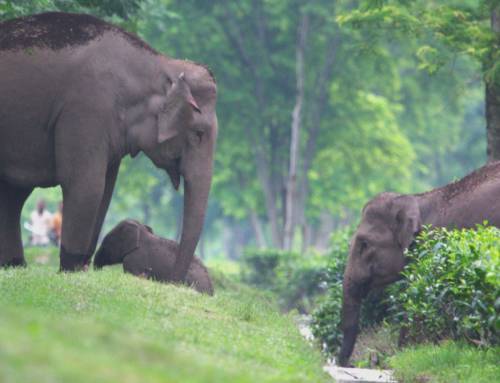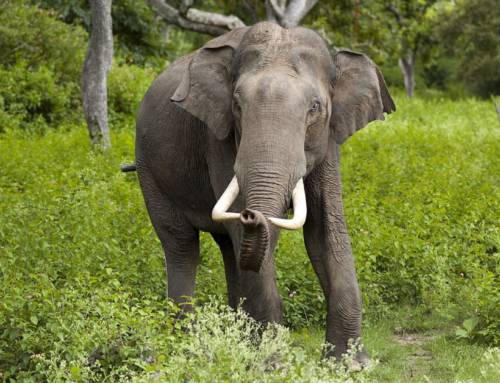Author: Dincy Mariyam
This is the second article from our two-part series titled “Canids”.
Large carnivores are widely distributed in India and occur in a variety of habitats. Understanding carnivore distributions at different scales is crucial for identifying important target areas for effective wildlife conservation management efforts. However, this information is not available for many threatened wildlife species. The dhole or the Asiatic wild dog (Cuon alpinus) is understudied in India. Dholes are adept predators and hunt in packs. Globally, fewer than 2500 dholes remain in the wild. Due to anthropogenic influences and loss of forest cover, these social carnivores have vanished from 60% of their former historic range in the last century. Currently, they are mainly found in protected areas. Even though the IUCN enlists dholes as “Endangered”, little is known about this threatened predator’s distribution.
To understand what ecological and anthropogenic factors drive the distribution of dholes, scientists from the Centre for Wildlife Studies, the National Centre for Biological Sciences, the Wildlife Conservation Society-India, and Wildlife Conservation Society-US conducted dhole sign surveys including the presence of scats and tracks. Sign surveys are cost-effective, less laborious, and safe. The study was conducted at two different scales — landscape level across central Western Ghats of Karnataka and at the park level in Bandipur National Park. Presence and absence of dhole in the habitat was estimated across 38,728 sq. km at the landscape level and over 935 sq. km at the park level.
The authors reliably estimated the distribution of dholes. They found that dholes occupy about 14,185 sq. km (68%) of the Western Ghats in Karnataka, of which 41% falls within protected areas. The scientists recommend the protection of the dhole populations existing outside protected areas by ensuring landscape connectivity between key protected areas.
Prey density is often an influencing factor for carnivore distribution. Dholes’ principally prey on chital and sambar along with wild pig, gaur, and muntjac. This study revealed that abundance of prey species is a significant factor for the habitat-use by dholes at the landscape level. On the contrary, the human disturbance measured by the abundance of livestock signs, negatively influenced dhole habitat use at both the landscape and park levels. Additionally, the research highlights the need to reduce the impacts of ongoing and planned developmental projects, increase the allocation of conservation resources, and designation of ecologically-sensitive zones for the protection of this elusive canid.
Original Research Article: On a Dhole Trail: Examining Ecological and Anthropogenic Correlates of Dhole Habitat Occupancy in the Western Ghats of India – Arjun Srivathsa, Krithi K. Karanth, Devcharan Jathanna, N. Samba Kumar, K. Ullas Karanth, PLoS One, (2014)
You can access the original research article here.




